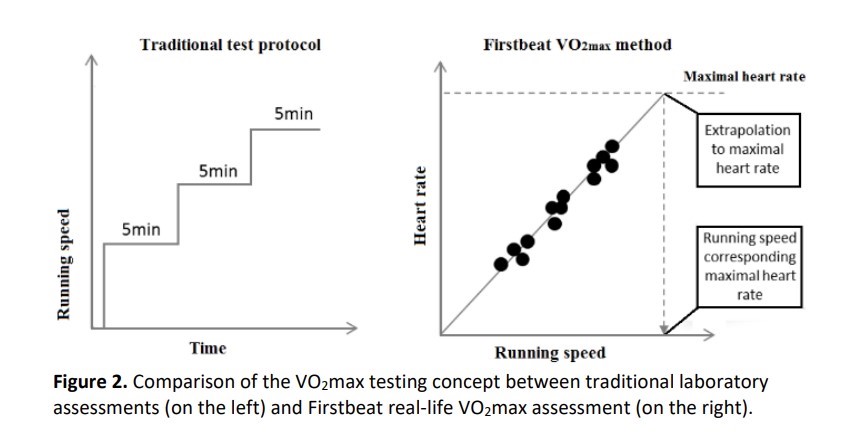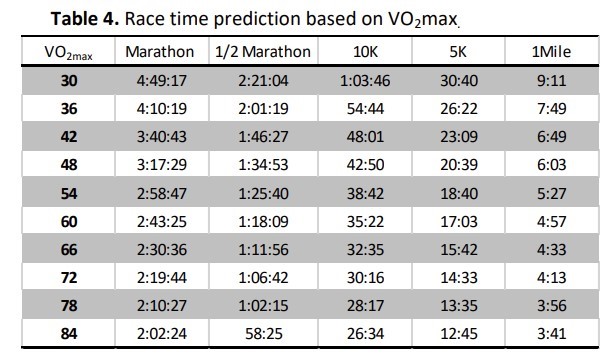I have found that my watch's predicted 5k time using 8.37 software (and the previous software) is out by quite a margin.
I more often than not run 5 miles and it is easy to see my time at the 5k point. During every training run, my actual 5k time is between one and one and a half minutes faster than the watch shows as a predicted 5k time. Why is this happening?
I thought that the predicted 5k time was meant to be a 'best effort/race' time and should be less than actual 5k times during my not-too-hard training runs. Anyone else find the same?
My old 735 was the other way around. It suggested a predicted 5k time that I couldn't possibly do if my life depended on it. It was around 3 minutes too quick.




